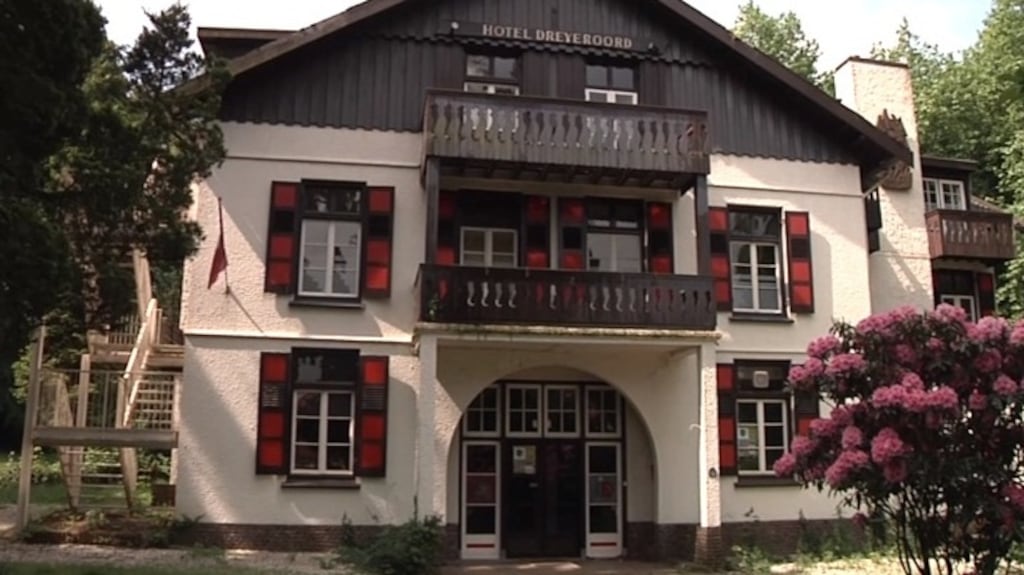A 170-year-old hotel that played a key role in Operation Market Garden – the biggest airborne assault of the second World War, a race to secure the strategically crucial bridge over the Rhine at Arnhem in the Netherlands – is to be demolished.
Hotel Dreyeroord in Oosterbeek, 5km west of Arnhem, was the scene of three days of fighting between soldiers of the seventh battalion, King’s Own Scottish Borderers, and occupying German forces during the nine-day Battle of Arnhem in September 1944.
Some 12,000 parachute and gliderborne troops took part in the operation, but most landed shy of their targets. While the 1st Airborne Division, with the Polish Parachute Brigade, fought to reach and hold the bridge at Arnhem, the Scottish unit dug in at Oosterbeek.
The hotel – known to the Allies as the White House – became the de facto British headquarters in Oosterbeek as they struggled to defend a shrinking parcel of ground which came under counter-attack from the Germans.
Hand-to-hand fighting
Despite holding the hotel, it quickly became apparent that Lieut Col
Robert Payton Reid
and his men were outgunned and outnumbered, and that what had become known as the “Oosterbeek perimeter” could not be defended.
In the end, there was hand-to-hand fighting, using bayonets, in the building itself and around defensive foxholes dug in its grounds.
Hundreds of British soldiers were buried in the garden of the Hotel Dreyeroord, and although their remains were moved after the war to the “Airborne Cemetery” near Arnhem, the hotel subsequently re-opened for business and was a place of pilgrimage until it closed in 2014. Now, however, there are plans to demolish the dilapidated building – which dates to 1847 – and build a nursing home and houses on the site.
The current owner, Amvest, a property development company, said the building was not listed and the redevelopment was supported by planners at the local council.
War monument
Amvest said nothing had been done to restore the hotel as a war monument. Its roof was damaged, the grounds were overgrown, and its famous white plasterwork had turned green with neglect.
"We see no reason to keep the building or the facade – and most local people agree with us," said Amvest director Wienke Bowedes.
Local alderman Jasper Verstand confirmed that the council expected to receive a demolition application soon.
However, historian Wiljo Pas has begun a campaign to save the hotel with an online petition which he says will be handed to the council.
"The hotel attracts tourists from the UK, the US, Canada and Australia. It's a very atmospheric place to visit and part of our history," Pas said.
“People want to experience where history happened, to see it and touch it. It would be a tragedy if it were demolished as if it had never existed.”

